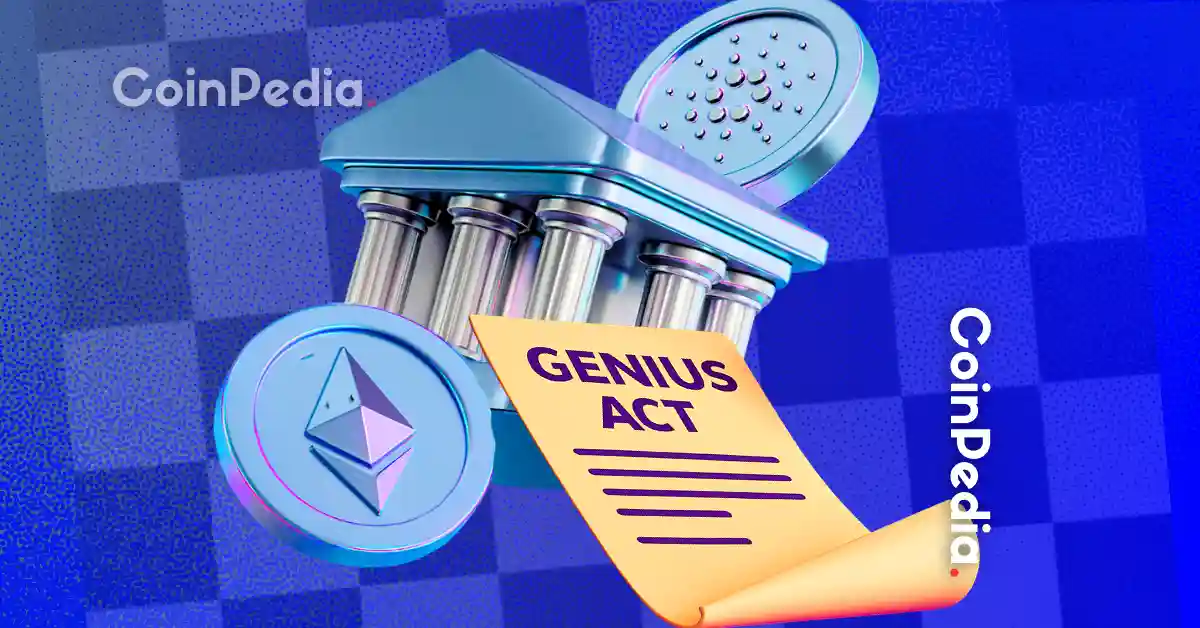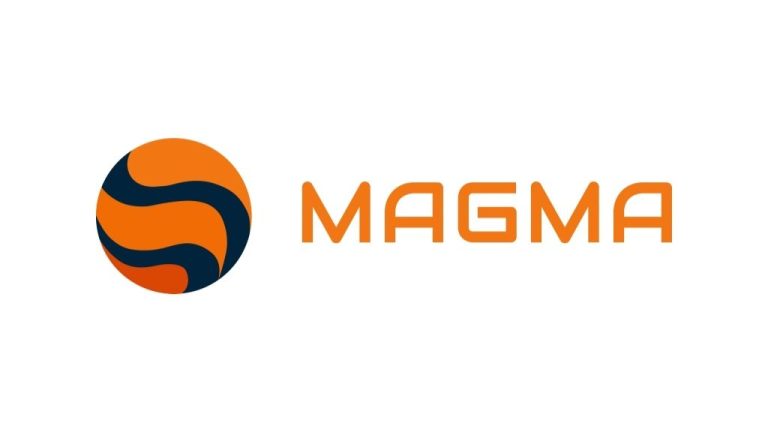
The GENIUS Act has sparked heated debates among analysts, policymakers, and crypto enthusiasts over its implications for stablecoin regulation and U.S. Treasury demand. This landmark legislation has the potential to reshape financial markets, and its far-reaching impact has left experts speculating about its true intentions.
What is the GENIUS Act?
The GENIUS Act aims to regulate stablecoins—cryptocurrencies pegged to stable assets such as the U.S. dollar—by introducing stringent reserve requirements for issuers. According to analyst Shanaka Anslem Perera, the new law mandates licensed stablecoin issuers to hold 100% reserves in either short-term U.S. Treasuries or central bank cash. This could effectively turn stablecoins into automatic buyers of U.S. government debt.
The Controversy Over Treasury Control
Perera claims that the GENIUS Act grants the U.S. Treasury greater control over the financial landscape. By requiring stablecoin reserves to be tied to government debt or central bank cash, the legislation could create a new, built-in demand mechanism for U.S. Treasuries. This so-called “privatized QE” (quantitative easing) might strengthen Treasury financing while reducing the Federal Reserve’s influence over borrowing costs.
Supporters of Perera’s theory highlight Treasury Secretary Scott Bessent’s projections that the stablecoin market could grow to $2-3.7 trillion by 2030. If this holds true, stablecoin issuers may become key players in the U.S. debt market. Furthermore, Wall Street’s growing adaptation, evidenced by JPMorgan’s recent decision to accept Bitcoin and Ether as institutional collateral, is seen as a sign of shifting financial structures.
Critics Respond
Not everyone agrees with Perera’s analysis. Critics argue that the law explicitly allows stablecoin reserves to include U.S. coins and currency, meaning issuers are not exclusively forced to purchase Treasuries. This weakens the argument that the GENIUS Act is a tool for “forced” demand for government debt.
Others believe the Act overstates stablecoin growth estimates and argue that any long-term financial strategy may focus more on assets like Bitcoin and gold rather than stablecoins as drivers of debt markets. Critics claim that the interpretation of the Act’s impact on Treasury influence is exaggerated and fails to consider the broader context.
The Global Implications of Stablecoin Regulation
The importance of stablecoins extends beyond the U.S., particularly in emerging markets where they provide users with dollar stability amid inflation and capital controls. Analysts argue that this global adoption effectively funnels capital into U.S. debt markets while reducing the Federal Reserve’s authority over borrowing costs.
As the regulation of stablecoins evolves, it has transformed into a pivotal component of U.S. financial strategy. The implications go beyond crypto, impacting global dollarization, Treasury funding, and the balance of power between the Fed and the Treasury.
Recommended Resource
If you’re exploring cryptocurrency investments or stablecoins, make sure you conduct thorough research. For users diving into crypto markets, Ledger offers secure hardware wallets to safeguard your digital assets—a must-have for managing stablecoin portfolios responsibly.
Stay informed with CoinPedia, your trusted source for the latest blockchain and cryptocurrency news since 2017. From industry updates to in-depth analyses, we ensure accuracy and transparency in all our content.



